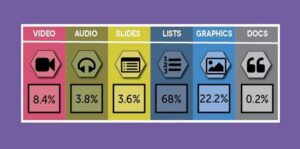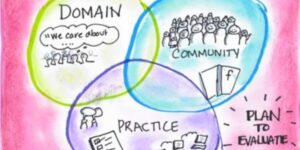
Web Content: What Does It Say About You?
How does your digital content compare with popular blogs? And what can you do to improve? See what a TalentCulture audit revealed, and request a free audit for your site…

How does your digital content compare with popular blogs? And what can you do to improve? See what a TalentCulture audit revealed, and request a free audit for your site…

In today’s connected world of work, how can we make the most of tools and techniques that help us curate and share collective wisdom?

Digital communities: Why are they a challenge for businesses to create and maintain? How can enterprise organizations up their community game?
How can your organization make collaboration a competitive advantage? Here are some great ideas to put your workforce on the right track…
What’s a workplace culture audit – and why should you care? More than 250 talent-minded professionals joined the #TChat Twitter conversation to share their thoughts – what a dynamic forum!
#TChat Preview – Come on down! We’re joining with Monster.com to crack open the concept of a Workplace Culture Audit. Join us to discuss the what, why and how of this approach…
Strategies for expanding your professional growth by cultivating diverse relationships…